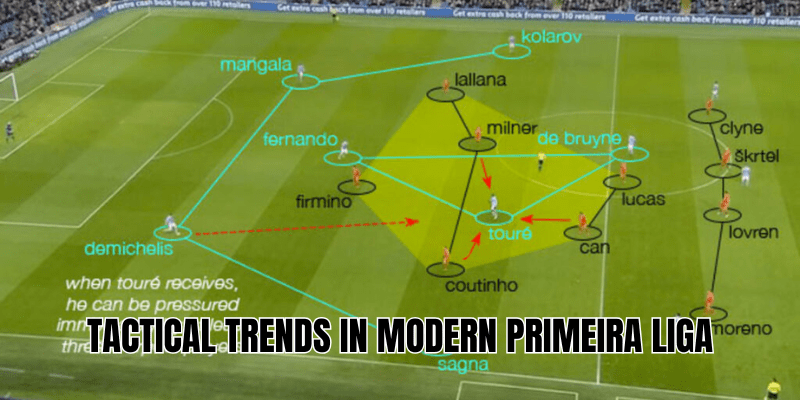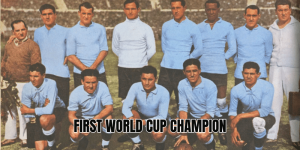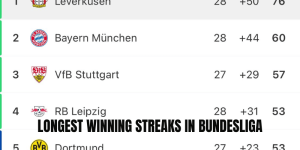In the shifting landscape of Portuguese top-flight football, tactical trends in modern Primeira Liga are evolving fast — and at AnnuGoal, we’re here to track every twist. Gone are the days when the league was just a breeding ground for dribblers and flair players; today, it’s a laboratory of tactical innovation, blending pressing, flexibility, data, and counterattack craft. Whether you follow Porto, Benfica, Sporting, or the ambitious outsiders, understanding the tactical undercurrent gives you dee, we’ll explore the current tactical patterns dominating Portugal’s elite: the rise of pressing and transitional play, formation fluidity, the analytics revolution, defensive architectures, set-piece artistry, and how individual clubs are molding these trends. Let’s dive into the heart of how Portugal’s coaches are redefining the modern game.
Pressing and transitional play dominate
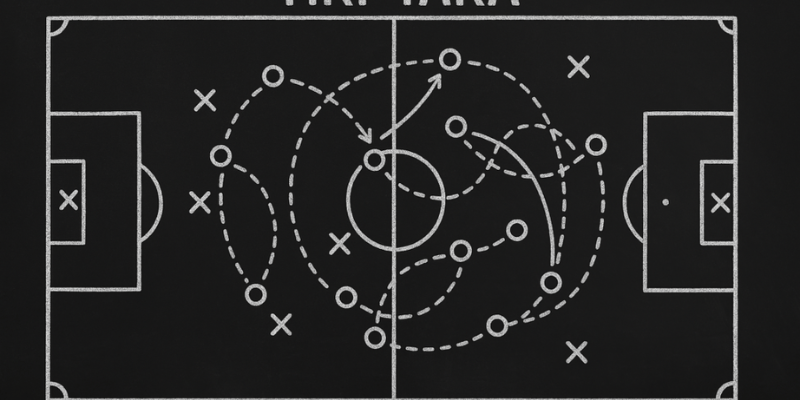
High press and counter-press as foundational posture
One of the clearest signatures of modern tactics in the Primeira Liga is the embrace of intense, vertically driven pressing. Teams aim to win the ball high or quickly recover it once possession is lost—a sort of controlled chaos that punishes hesitation. Many managers deploy compact shapes (e.g. 4-3-3, 3-4-3, or variants of these) with the front line trained to close passing lanes aggressively. This not only disrupts the opponent’s buildup but also allows for swift transitions into attack.
The transition phase—going from defense to attack—is another battleground. Portugal’s clubs increasingly seek to exploit moments just after regaining possession, triggering vertical passes, forward runs, or wide overloads. Speed in those moments often separates successful teams.
Selective possession versus possession for the sake of it
Unlike leagues obsessed with “keep the ball at all cost,” the Primeira Liga sees more selective possession: time on the ball is a tool, not the goal. Many sides prefer shorter, precise sequences that set up penetrating movement, rather than endlessly circulating the ball. In tight games, the balance swings toward direct breaks, especially when the opponent drops deep.
This balance is especially visible when underdogs or mid-table teams face the traditional “Big Three”. They may concede more possession but focus on compactness, pressing bursts, and quick counters. This hybrid between pragmatic and proactive styles is a hallmark of modern Portuguese tactics.
Formation flexibility and positional polymathy
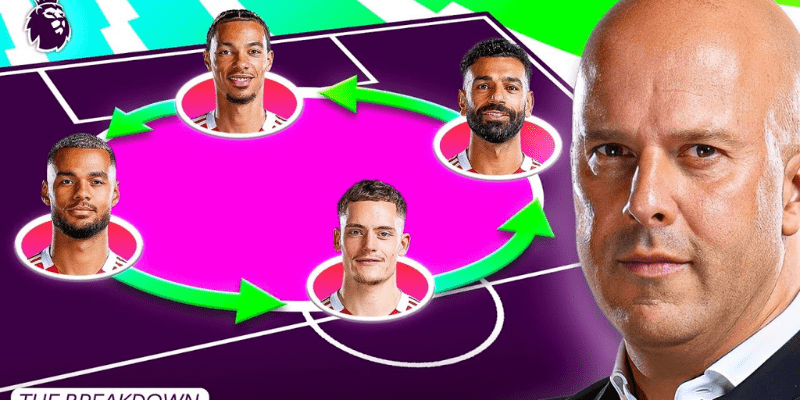
Fluid systems and adaptive setups
Rigid formations are increasingly rare. Modern Primeira Liga sides often begin matches in one shape and morph into another depending on moments—transitioning between 3-5-2, 3-4-3, or 4-2-3-1, for instance. The idea is to avoid predictability, force mismatches, and adapt to the opponent’s strengths and weaknesses.
Take Sporting under Rúben Amorim: he frequently uses a back three with wide center-backs who drift outward in possession, enabling wing-backs and inside forwards to combine in half-spaces and overload zones. This fluidity allows the team to pin wide opponents or invert spaces depending on opponent pressure.
Positional interchanges and hybrid roles
Another trend: players aren’t tied to static zones. Wingers drift inside, midfielders invert to create triangles, full-backs overlap or tuck inside depending on context. Many teams use a “false full-back” or wide center-back rotation to shunt pressure to the edges and force opponents to shift horizontally. These positional interchanges make marking and anticipation harder for rivals.
In the midfield, the “double pivot + roaming number 8” model is common. One pivot stays deeper, anchoring defense; the other shuttles forward, linking with attackers and arriving late into the box.
Defensive architectures: compactness, blocks, and bailouts
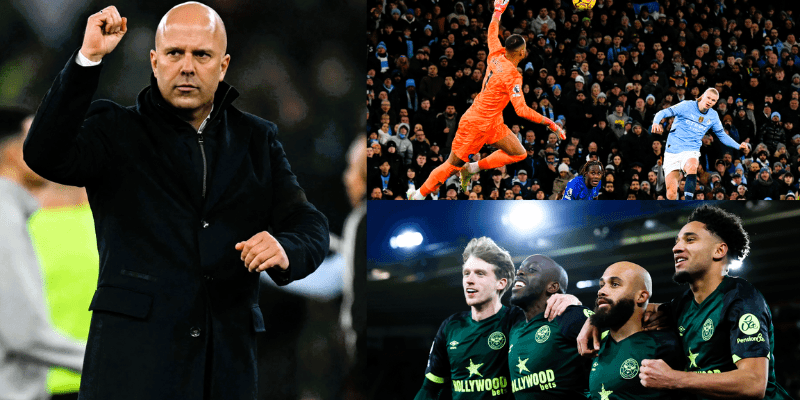
Compact backlines & layered defense
Modern Portuguese defenses typically organize in shallow blocks when out of possession—compact, vertical distances small, horizontal distances disciplined. Whether in a back four or a back three, teams aim to deny central penetration and force attacks wide.
In duels between strong sides, dense defensive layering is often deployed. This allows teams to absorb pressure, slow rhythm, and pick moments to break forward.
Risk-management and bailouts
Because Portuguese teams often seek dynamic transitions, errors are inevitable. Thus, bailout mechanisms (defensive midfielders who screen entrances, center-backs stepping up selectively, oriented pressing triggers) are prevalent. Some coaches use “inverted full-backs” or shift center-back cover when full-backs burst forward. Others deploy a third central defender in press phases to reclaim balance.
In summary: modern defenses in the Primeira Liga are not passive bunkers—they’re shifting fortresses, constantly adjusting to maintain balance between solidity and opportunism.
Analytics, recruitment, and the modern braintrust
Data-driven decision making
Portuguese clubs—especially the traditional powers—are leaning heavily into analytics. Beyond basic metrics, advanced profiling now inform match preparation, player recruitment, and in-game adjustments.
Clubs perform deep opponent scouting, focusing on movement patterns, space exploitation points, and where pressing can be optimized. Young talents are evaluated not just for flair but how their stats align with tactical models.
Youth integration, tactical DNA & recruitment alignment
One advantage Portuguese clubs enjoy is their academies. But modern trend demands that youth prospects fit the tactical blueprint. So scouting and youth training are tightly aligned to first-team systems: a winger’s expected load, a full-back’s overlapping tendencies, or a box-to-box midfielder’s recovery capacity become part of evaluation criteria.
Recruitment flows both domestically and internationally, targeting undervalued players who bring specific traits (intensity, pressing, transition speed) rather than just flair or name value.
Clubs pushing the envelope: case studies
Porto embracing possession and high press under new leadership
With Francesco Farioli now at the helm, Porto is signaling a shift: his system blends possession with pressing, leaning more toward controlling games.
Sporting’s evolution as a template
Under Amorim, Sporting is often held as the case study of tactical coherence. The usage of a dynamic back three, blending inverted defensive movements with wide overloads, shows sophistication. In matches where possession dominance is challenged, Sporting invert shapes and press with coordinated triggers. Their success has underscored that consistent tactical identity pays dividends in the long term.
Vitória Guimarães: tactical flexibility at a mid-table force
As a non–Big Three club, Vitória demonstrates how modern tactics diffuse across the league. In matches where pressing makes sense, they press; in tougher ties, they shift to conservative structures, inviting breaks. Recently, they’ve alternated between 4-2-3-1 and 4-3-3, putting emphasis on full-backs pushing and making deep midfield triangles to resist central pressure. Their adaptability allows them to punch above weight in many fixtures.
How these trends shape matches, players, and fan experience
Match identity, unpredictability, and narrative
Tactical trends in modern Primeira Liga make matches less deterministic. One side may dominate possession but leave space for sharp counters. Another may absorb and unleash. Because systems morph, no game feels identical. For fans, that means more drama, twists, and tactical chess.
Player development and role specialization
Footballers today must be more versatile. Wingers press; midfielders intercept and orbit; defenders handle building and recovery. Development thus emphasizes all-round tactical acumen: pressing triggers, positioning, reading transitions. That’s why Portugal continues to produce players who succeed in top leagues—they are tactically battle-hardened.
Tactical standard raising and continental relevance
As Portugal’s top teams adopt these models, the overall league standard rises. Clubs better prepared tactically fare more credibly in European competitions. The tactical DNA nurtured domestically helps Portuguese sides punch harder in Champions League and Europa engagements.
Final Thoughts
In tactical trends in modern Primeira Liga, we find a league reinventing its identity. Pressing intensity, positional fluidity, hybrid formations, data integration, and defensive robustness now define the competitive edge. From Porto’s evolving project under Farioli to Sporting’s disciplined architecture and Vitória’s adaptable pragmatism, Portugal is a live canvas of tactical innovation.
Below, AnnuGoal invites you to stay tuned to match reviews, formation breakdowns, player profiles, and tactical deep dives—all to fuel your passion and insight. Embrace the trends, follow the evolutions, and return to discover how Portugal’s football future is being shaped, one match at a time.
